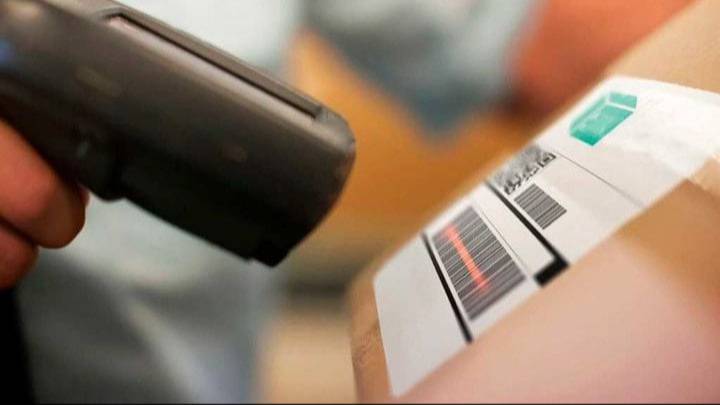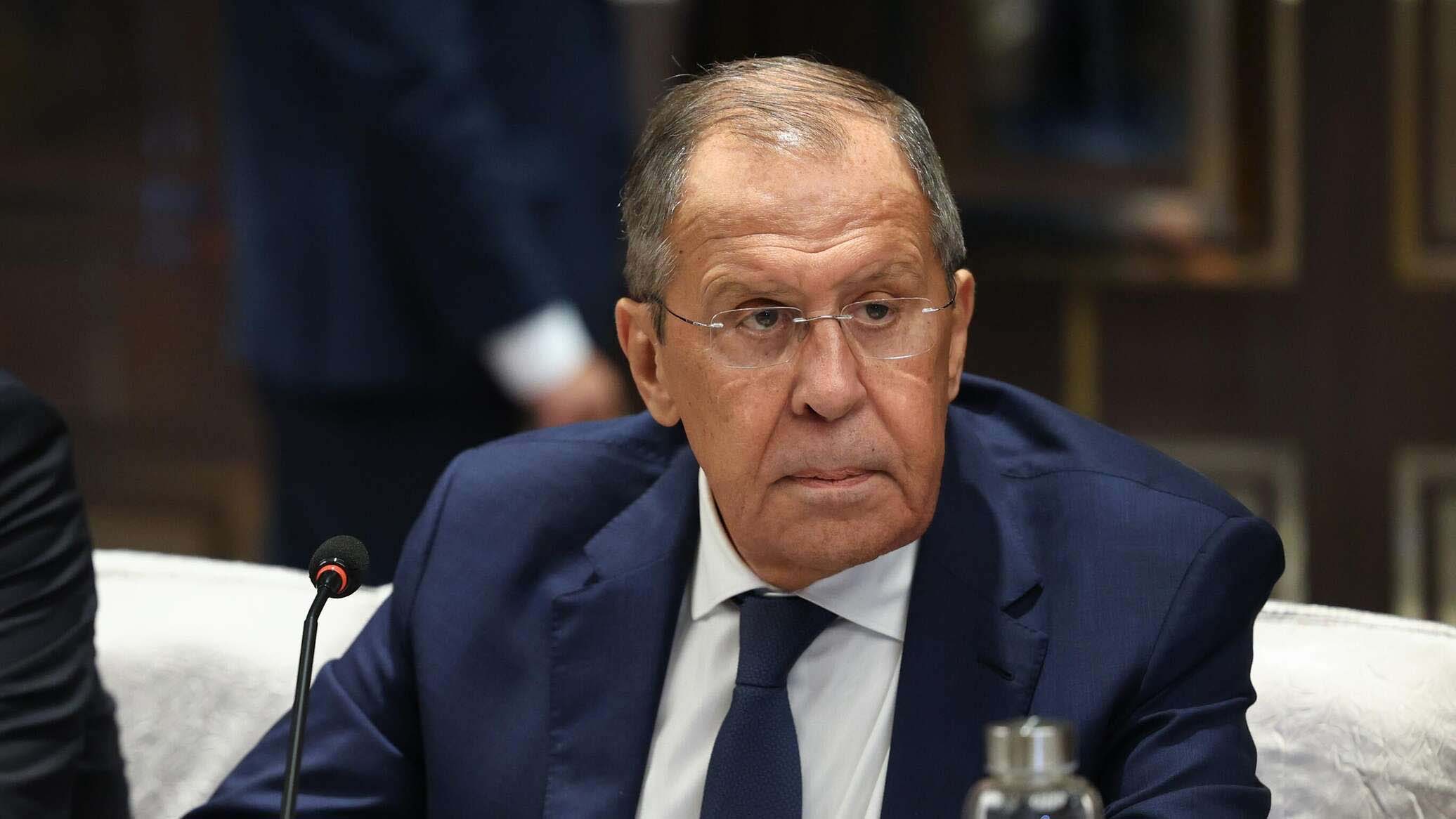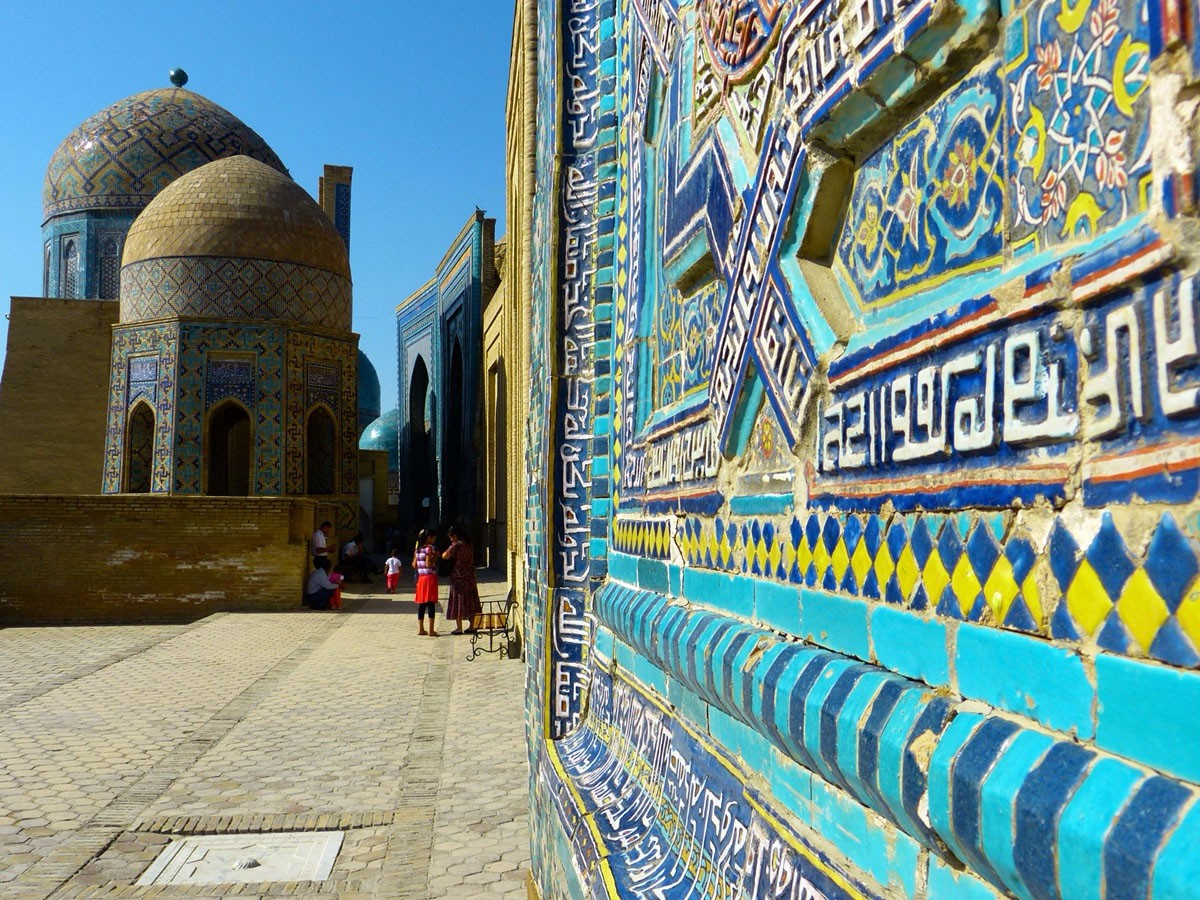Uzbekistan's economy continues to grow at a high rate, but according to experts of the international rating agency S&P Global Ratings, it faces a number of serious macroeconomic challenges. Among the main ones are the acceleration of inflation and the growth of public debt. According to analysts, by the end of 2025, the country's inflation rate may exceed 10%, and by 2028, the total public debt will grow to 40% of gross domestic product.
Despite these risks, the agency improved the outlook on Uzbekistan's sovereign credit rating: the BB - rating was maintained, but the status was revised from "stable"to " positive". This reflects the confidence of the international community in the reforms that are being consistently implemented in the country.
According to the latest estimates, Uzbekistan's GDP increased by 6.5% in 2024. The growth was primarily driven by such industries as construction, trade, and telecommunications. Over the past three years, the average rate of economic growth has been about 6.8% annually. In the next four years, the rate will slow down slightly, but will remain high — at the level of 5.6% per year.
The expansion of the energy sector, in particular, the launch and support of projects in the field of renewable energy sources, is among the priority areas of Uzbekistan's economic development. The Government actively attracts foreign investors and technology partners to participate in green projects. It is also planned to increase the production of strategically important minerals, including copper, gold, silver and uranium, which should strengthen the country's export potential.
At the same time, the level of GDP per capita remains relatively low-about 3,300 US dollars in 2024. Young people make up a significant part of the population, which creates an additional burden on the labor market. Experts express concern that the economy is not yet able to provide enough jobs in accordance with current demographic trends.
Remittances from migrant workers continue to play a significant role in supporting consumer demand and currency stability. In 2024, their volume amounted to $ 14.8 billion — about 13% of GDP. The main source of transfers is Russia, which accounts for about 77% of all receipts. However, the contribution of countries such as Germany, South Korea and the United States is also growing.
Against the backdrop of geopolitical changes, Uzbekistan is strengthening measures to comply with international sanctions regimes. Automated control systems for foreign economic activity are being introduced in the country, and compliance procedures are being strengthened. This makes it possible to minimize the risks of secondary sanctions from key partners — the United States and European Union countries.
The state policy is aimed at the active development of infrastructure, energy, mining industry, as well as the implementation of social programs. These measures require significant budgetary funding and are accompanied by an increase in public debt. From 2021, it will increase by an average of 6.1% of GDP annually. S&P estimates that by 2028, it will reach 40% of GDP, while remaining below the legal limit of 60%.
The government is also focused on reducing the budget deficit — this year it should amount to no more than 3% of GDP. Among the steps taken to improve the budget policy is an increase in gas and electricity tariffs, which will reduce the cost of subsidies by approximately 0.5% of GDP. Additionally, it is planned to reform the social support system, abolish certain tax benefits and expand the tax base.
The budget is also supported by increased exports of strategic resources, such as copper and gold. At the same time, the role of domestic borrowing is growing: if in 2022 they accounted for 11% of the total national debt, then by 2024 they are already 16%. However, the rise in the cost of commercial loans and the development of the domestic debt market lead to an increase in debt servicing costs — interest payments increased by 77% in two years.
External economic dynamics remain tense. In 2024, the current account deficit fell to 5% of GDP-largely due to rising prices for gold and commodities, which account for 38% of exports. Raw material prices are expected to remain high in 2025, but growing imports caused by large-scale investment projects may again increase pressure on the balance of payments. According to forecasts, by 2028, the foreign trade deficit will be about 6.2% of GDP.
Uzbekistan plans to cover the deficit through new external borrowing, while counting on the influx of foreign direct investment through the privatization of large assets. In this context, special attention is paid to the reform of the banking sector. In particular, it is planned to privatize Uzpromstroybank and Asakabank in the coming years. Following the example of Ipoteka-Bank, these institutions must undergo a profound transformation to increase investment attractiveness and operational efficiency.
The stability of the financial system largely depends on the state of foreign exchange reserves. Despite the fact that the gold reserve accounts for about 77% of the Central Bank's assets, a decline in global gold prices may affect liquidity. However, the current volume of international reserves can cover up to seven months of imports.
Since the liberalization of the exchange rate in 2017, the effectiveness of monetary policy in Uzbekistan has gradually improved. However, the continued dominance of state-owned banks and the widespread use of concessional lending limit the Central Bank's flexibility. It is predicted that inflation in 2025 will rise to 10.1% against the background of a revision of the tariff policy. By 2028, it is expected to decline to 8.6%, although earlier it was predicted a sharper slowdown - to 6.5%.
At the same time, the demand for financial services is growing: the population is actively attracting loans, especially for the purchase of cars and consumer needs. In order to contain possible risks of overheating of the financial market, the Central Bank imposes restrictions on certain types of lending, including car loans and credit card debt.
The capital market remains underdeveloped, and access to long-term sources of financing is limited. Banking regulation is gradually being improved, but experts believe that in many cases it is reactive and requires greater transparency and predictability.
According to analysts, despite inflationary risks and a growing debt burden, Uzbekistan retains the potential for sustained growth through ongoing reforms, economic liberalization and increased private sector participation.












